Last updated on January 31st, 2024
Jamaica with an area of 10,991 sq km is an island country situated in the Caribbean Sea. Its capital and largest city is Kingston. English is the official language of the nation. Jamaican dollar (JMD) is its currency. The natives or inhabitants of Jamaica are called Jamaican. It is the third-largest island of the Greater Antilles. While many people associate Jamaica with coconuts, rum, and lilting accents, the country has a lot more to offer. With these interesting facts about Jamaica, let’s learn more about its history, culture, people, flag, reggae music, and some weird and funny facts.
Interesting facts about Jamaica
1. In 1962, Jamaica was the 1st country in the Caribbean to become independent from the rule of the United Kingdom. Despite becoming an independent country, it continues to be a member of the Commonwealth, and that is why it is still headed by the Royal family.
2. In the year 1845, almost 20 years after the 1st railway line was constructed in Great Britain, Jamaica became the 1st country in the West apart from Europe and America to construct a railroad.
3. The original inhabitants of Jamaica were the Taino. Unfortunately, once conquered by Spain, the Taino came desperately close to extinction due to slavery and disease.
Jamaica on the map
4. The famous movement in Jamaica is known as the Rastafarian movement, which started in the 1930s. People belonging to this movement believe that Africans are living in the world just to return to Zion, a second name for Africa.
5. It is interesting to know that even though the Rastafarian movement started in Jamaica, only 5% of the population consider themselves as Rastafarians.
6. The second main indigenous people of Jamaica were the Arawak. They called this island “Xaymaca” which means “Land of Wood and Water”.
7. During the 19th century, many Spanish and British countries helped populate Jamaica with freed African slaves. Today, many people are direct descendants of these first settlers.
8. Rum, the national drink of Jamaica, has been an important part of the country’s history since the 17th century.
9. Jamaica’s national motto, “Out of Many, One people,” was made official in 1962.
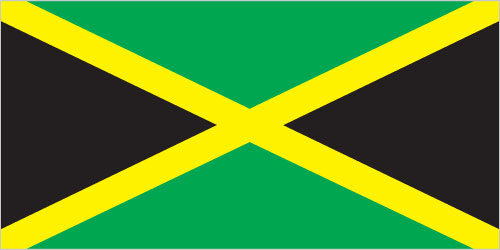
10. The national flag of Jamaica is the only flag in the world that has no colors in common with the U.S. flag.
11. The Jamaican flag was made in a flag design competition when the country became an independent nation. There are 3 colors in the flag: gold, green, and black.
12. In 1671, Jamaica was the first country in the British colony to start its postal service, which strengthened the internal communication of the nation.
13. Jamaica was the first country to take a stand and officially impose economic sanctions against the former Apartheid regime of South Africa.
14. Jamaica is the largest English-speaking island in the Caribbean. Although the official language of Jamaica is English, most people speak Patois, an English-based Creole language with strong West African influences.
15. It’s interesting to know that in the Jamaican language, they repeat every word 2 times to put emphasis. For example, “mi hungry hungry”, “him smart smart”, etc.
16. Back in the late 1400s, Christopher Columbus referred to Jamaica as “the fairest isle that eyes ever beheld”.
17. Christopher Columbus figured out, while talking to the Cubans, that there was a lot of gold hidden in the land of Jamaica. However, Cubans believe that Columbus found nothing when he reached Jamaica in 1494.
18. In 1994, Jamaica was the first Caribbean country to launch a website – www.jamaicatravel.com.
Facts about Agriculture and Import-Export:
19. The original inhabitants of Jamaica cultivated corn and yams. Today, Jamaica is famous for cultivating sugar cane, bananas, and mangoes, none of which are indigenous.
20. From drinking to cooking to being used to clean a wound, Jamaica is the storehouse of rum. It was the 1st nation to start exporting rum as a business before piracy.
21. Jamaican rum is very strong, which is why it’s restricted in many countries. Its costs are also very high in comparison. The 50-year Appleton Estate rum costs $5000 per bottle of 750 ml.
22. Apart from rum Jamaica is also known for producing coffee. Its history dates back to the year 1728, when Jamaica first started producing coffee. The process is centrally controlled by the Coffee Industry Board.
23. Jamaica produces Blue Mountain Coffee, a highly sought-after and expensive coffee that is popular across the globe. It is one of the rarest coffees in the world. It got its name from the Blue Mountains in Jamaica. These mountains have small farming hectares, which range from just 4 hectares to as big as 70 hectares. It has a total of 15000 estates for cultivation of coffee.
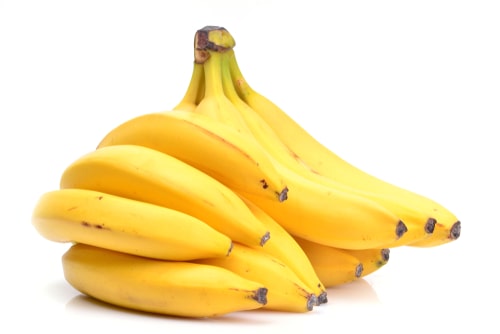
24. Though Jamaica is most famous for producing rum and coffee, apart from these two, Jamaica was also the 1st to commercialize the production of bananas in the western part of the world.
25. Cranberry is considered to be a luxury food in Jamaica. Jamaicans love cranberries, resulting in high demand, leading to an increase in import of the same. In 2022, Jamaica saw almost a 140% increase in the price of cranberries.
7 Facts about Games and Medals
26. In 1988, Jamaica was the first tropical country to send a bobsledding team to the Winter Olympics (Bobsledding – a winter sport in which teams of two or four teammates make timed runs down narrow, twisting, banked, iced tracks in a gravity-powered sled. The timed runs are combined to calculate the final score.)
27. Jamaica has bagged a total of 87 Olympic medals, out of which 26 are gold medals through 2022. Out of the above-mentioned medals, 86 medals were won by athletes in the track and field category, and only one medal was won in the cycling category.
28. Out of the total fastest-running 5 male athletes in the world, 4 belong to Jamaica.
29. Out of the fastest-running 10 female athletes, 4 belong to Jamaica.
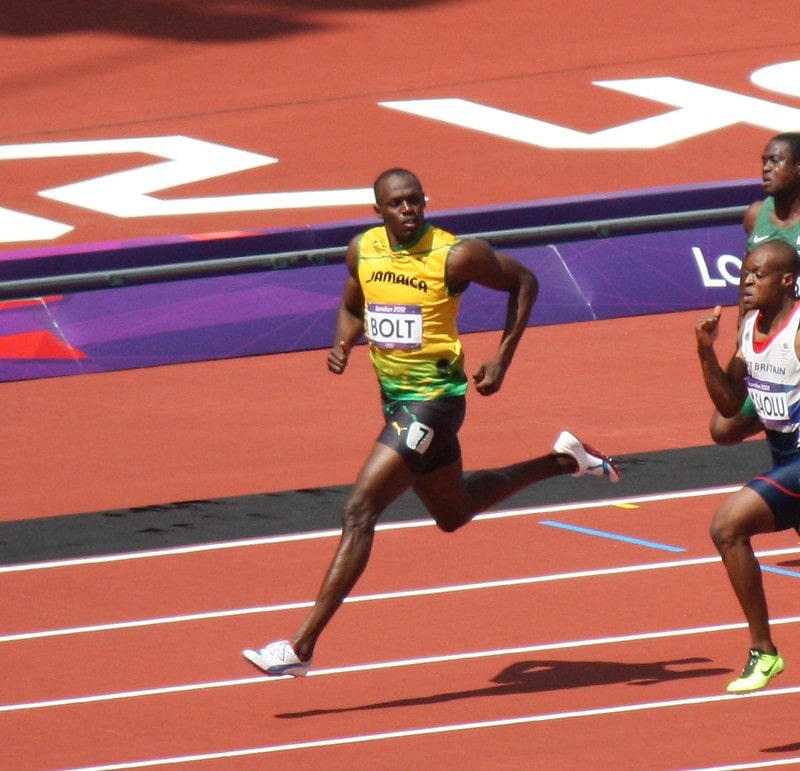
30. Jamaica is home to the fastest man in the world, Usain Bolt. He was the 1st Jamaican to earn the title of the fastest man in the world. He had a record in the 100 and 200 meters category.
31. Through the years, Jamaica, leaving all the stereotypes behind, won a total of 3 gold medals and 3 runner-up medals in the competitions for Miss World. It truly encourages more and more women from this beautiful island to come forward and be shown to the world.
32. The oldest golf club, which is known as the Manchester golf club, is the oldest golf club in the entire western region. It was settled in 1865 in the town of Mandeville, Jamaica.
33. In 1997, Jamaica made history by becoming the first English-speaking Caribbean country to qualify for the World Cup.
Fun Facts about Jamaica for Kids
34. Jamaica is among the happiest places in the world.
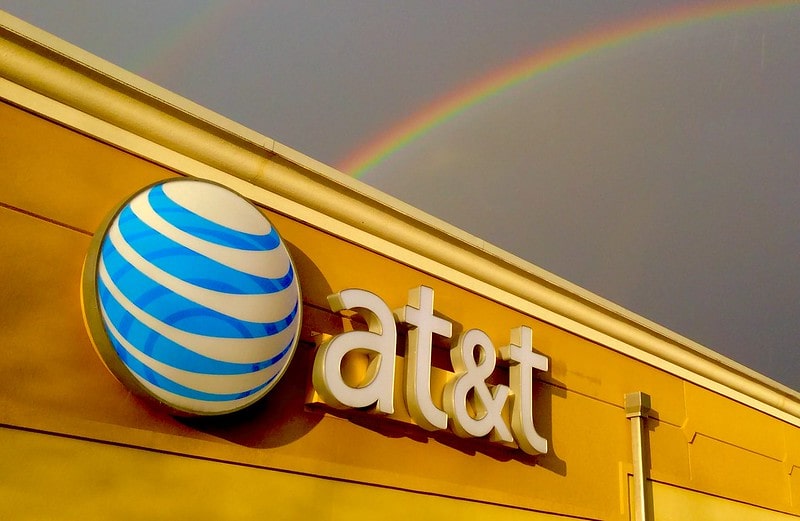
35. AT&T copied Jamaica’s telephone system.
36. In Jamaica, they drive on the left side of the road.
37. The population of snakes in Jamaica is near nil, and none of the very small population of snakes is venomous. In 1872, to kill the rats present in the cane fields of Jamaica, mongoose was imported. With rats, it killed snakes too, and currently, there are only 8 species of non-venomous snakes present.
38. Interestingly, Jamaica is known as the most “bat-rich” country in the world. There are about 40 species of fruit bats present in the country.
39. As Jamaica is an island in the Caribbean Sea, it has a thrilling pirate history. Port Royal, which was once considered the wickedest city on the earth in the 17th century, was used by many pirates as their base for attacks.
40. Ian Fleming , the creator of the James Bond novels, wrote almost 14 of these novels while staying in Jamaica. The movie named Dr. No was also filmed in Jamaica.
41. Despite being predominantly Christian, Jamaica’s Jewish residents are among the oldest on the island.
42. According to the National Library of the nation, there are an estimated 2.75 churches per square mile and a record of the most number of churches in the Guinness World Book of Records.
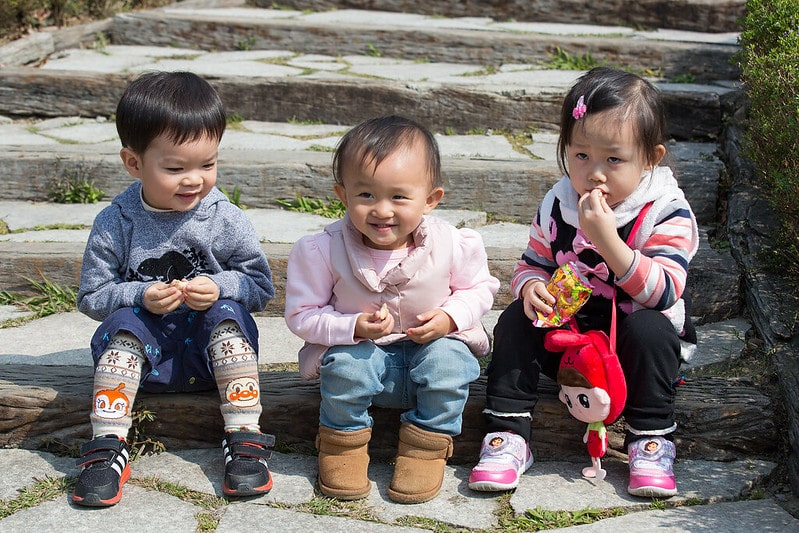
43. Jamaica has more multiple live births (wherein the mother delivers two or more offspring) than any other country in the world.
44. Jamaica’s Kingston Harbor is the seventh-largest natural harbor in the world.
45. Homerus Swallowtail, which is also known as the largest species of butterfly in the western region, is native to Jamaica. When it spreads its wings fully, it almost reaches up to 15 cm (6 inches) in length, making it larger than some of the birds.
46. Homerus Swallowtail is on the edge of extinction in the country. Earlier, this butterfly could be found in 3 districts of Jamaica; however, today, it’s found in just 2 regions, i.e., rugged terrain and the blue mountains.
47. Jamaica is home to over 200 species of exotic orchid, 73 of which are indigenous.
48. Milk River Bath is known to be the most radioactive mineral spa in the world.
49. The “healing waters of Jamaica” are made up of several natural mineral baths and hot springs that are thought to have therapeutic properties.
50. There are almost 550 rivers and streams that meet in Jamaica. The largest of which is known as Black River, and it is almost 70 km long.
51. There are over 200 waterfalls in the homeland of Jamaica. The largest of all the waterfalls is known as Dunn’s River Fall, and it is 590 feet tall.
Facts about Jamaican Culture
52. The most common greeting in Jamaica is a firm handshake accompanied by direct eye contact and a genuinely warm smile. Once they have been properly acquainted and a friendship has struck, women will hug and kiss on each cheek, starting from the right.
53. In Jamaican culture, it is appropriate to wait until invited before using a new acquaintance’s first name.
54. Table manners in Jamaica are “Continental”. This means that the fork is held in the left hand and the knife in the right. Meals are generally served buffet style, with guests serving themselves from a bountiful spread. It is considered polite to have a taste of everything offered, and finishing every item on one’s own plate is a mark of good manners.
55. The family is of the utmost importance and includes a close-knit web of aunts, uncles, cousins, and grandparents.
. . . continue reading on the next page
